On a sweltering day in July, the glassblowing island of Murano is astir. The furnaces are roaring and glass workers are manipulating glowing globules into sinuous vases and delicate sculptures. With visitors filling the factory showrooms, the dark days brought by the pandemic would seem to be over, but Murano’s centuries-old glassmaking tradition is facing a different and no less crippling problem.
Since last autumn, rising fuel prices have plunged the glassmaking island into uncertainty. ‘When we begin working at the start of each month, we have no idea what we’ll see on the gas bill at the end,’ says Luciano Gambaro, president of the Promovetro Murano Consortium, which represents over 50 craft and industrial businesses on Murano and in Venice. At Gambaro’s own furnace, Gambaro & Tagliapietra, monthly gas bills would normally amount to around €6,000. Recently, they’ve been as high as €25,000.
The crisis began last year, Gambaro explains, when the consortium had to negotiate the gas contract to supply most of the furnaces on the island for the next 12 months. ‘We had been paying 20 cents per cubic metre,’ he says, ‘but the new prices from October last year were triple that.’ In March this year, the price per cubic metre reached €1.40.

A glassware collection by Gambaro & Tagliapietra. Courtesy Gambaro & Tagliapietra, Murano, Venice
Murano’s furnaces use vast quantities of gas, as much as 40,000 cubic metres per month in the larger workshops. After prices began to rise last year as the end of Covid lockdowns saw a sudden surge in demand, the glass industry has felt the impact strongly.
Since then, the war in Ukraine and Russia’s recent decision to cut its gas supply to Europe by more than half has further exacerbated the situation,. ‘When Putin announced the 40% reduction in gas supply to Italy,’ Gambaro says, ‘the price of gas rocketed to almost double what it had been.’ In the past, gas prices might have varied by a few cents at most, Gambaro explains, but the changes now are far too dramatic to be sustainable.
Despite the dire situation, most of the glass studios on the island have managed to remain open through a combination of financial aid from the government and energy-saving practices. The consortium succeeded in obtaining relief funds from the state to cover most of the cost increases last year. Some workshops, like Gambaro & Tagliapietra, also chose to increase their energy efficiency by turning off some furnaces.
While this might provide some with a temporary solution, it has inevitably had an impact on the designs the workshops are able to create. The reduction in the number of active furnaces, for example, requires the glassblowers to reduce the range of colours of glass they use at one time.
Alongside gas, other glassmaking supplies are also increasing in price. Alessia Fuga, who creates glass beads and small sculptures using a blow torch, uses relatively little gas compared to the furnaces. However, the price of the oxygen canisters she uses to create the flame has almost doubled along with other raw materials. ‘It’s getting difficult to source many materials due to the increasing transport costs,’ says Fuga, ‘so I’ve had to think about other ways of working.’
She has been using an oxygen generator to save costs, but this also has an effect on the pieces she produces. As the flame is less powerful, she is unable to make big multicoloured beads, her signature pieces, and is, instead, forced to focus her attention on smaller objects.
Again, it is the unpredictability of the prices that causes the biggest problems. ‘I tried to increase the prices of my products,’ Fuga says, ‘but it’s impossible to guess because I only know how much the oxygen price has risen when the bill arrives at the end of the month.’
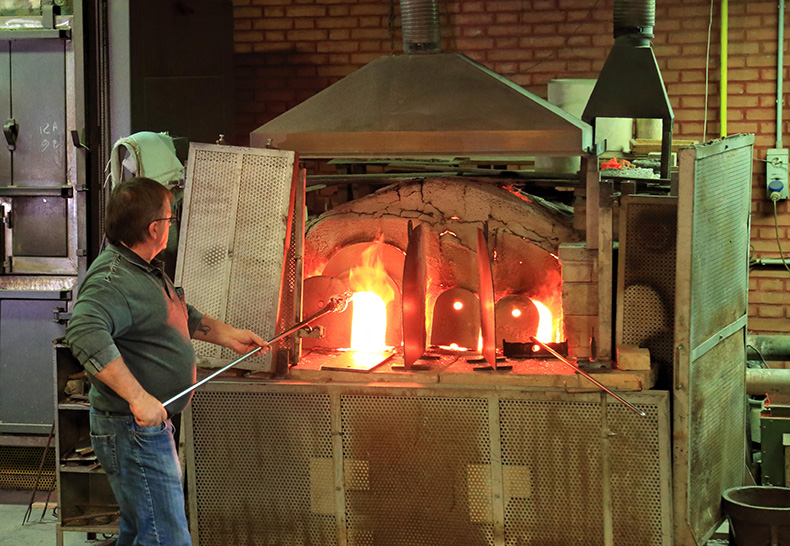
Ferro & Lazzarini workshops on Murano Island, Venice. Photo: Matthias Scholz/Alamy Stock Photo
The island is now facing the daunting issue of renewing the gas contract this October. ‘Currently, no supplier is willing to quote us a fixed price contract,’ says Gambaro. He explains that the consortium is determined to get a fixed price this year otherwise it is impossible to plan each month’s work and set prices. ‘The biggest issue after the gas prices is the uncertainty,’ he adds. ‘This way of living by the day is not working.’
Although the current gas prices are a serious threat to the industry, Gambaro explains that considering using an alternative form of energy is out of the question. ‘Gas is un-substitutable for us, even long term,’ he says. ‘You need years and years to understand if an alternative is possible.’
‘What we really need now is a secure contract for October so that we can guarantee our work,’ Gambaro says, ‘Over 700 years the glass industries have continued to work – this is an inestimable heritage.’
Unlimited access from just $16 every 3 months
Subscribe to get unlimited and exclusive access to the top art stories, interviews and exhibition reviews.

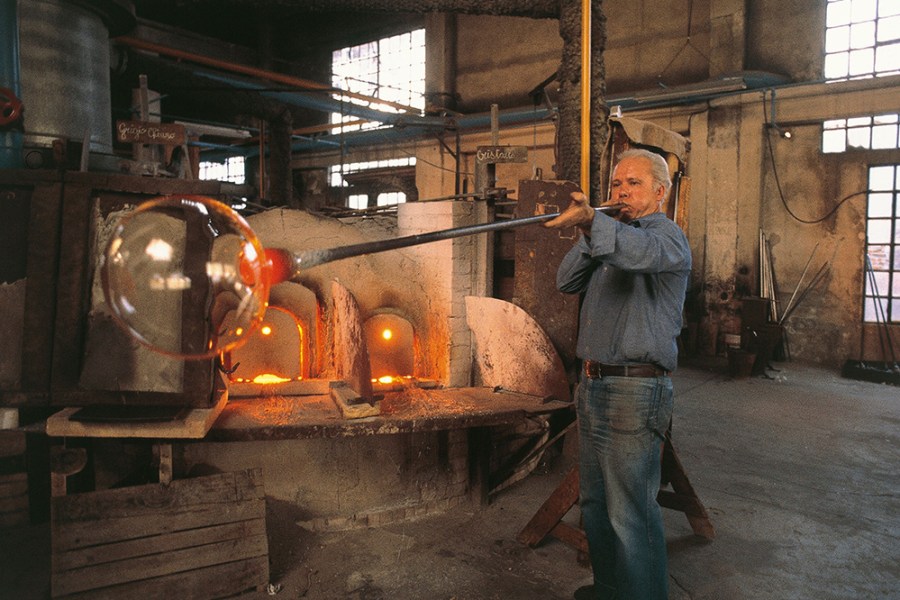
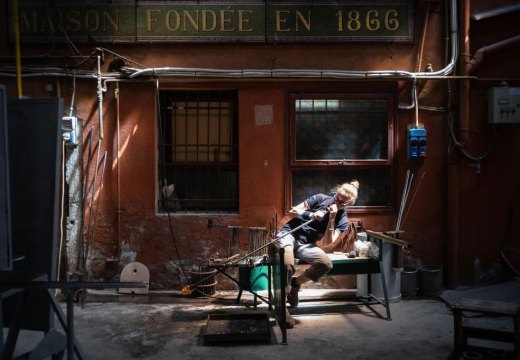
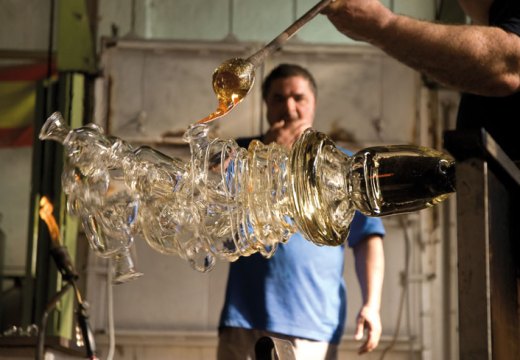
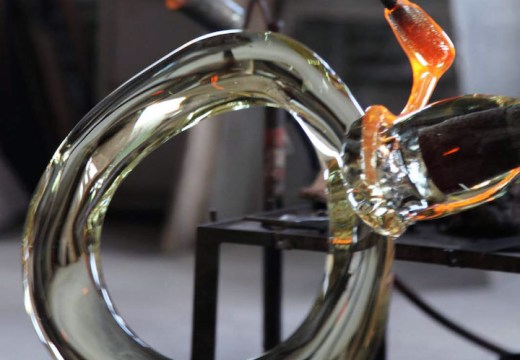









![Masterpiece [Re]discovery 2022. Photo: Ben Fisher Photography, courtesy of Masterpiece London](http://www.apollo-magazine.com/wp-content/uploads/2022/07/MPL2022_4263.jpg)
It’s time for the government of London to return to its rightful home